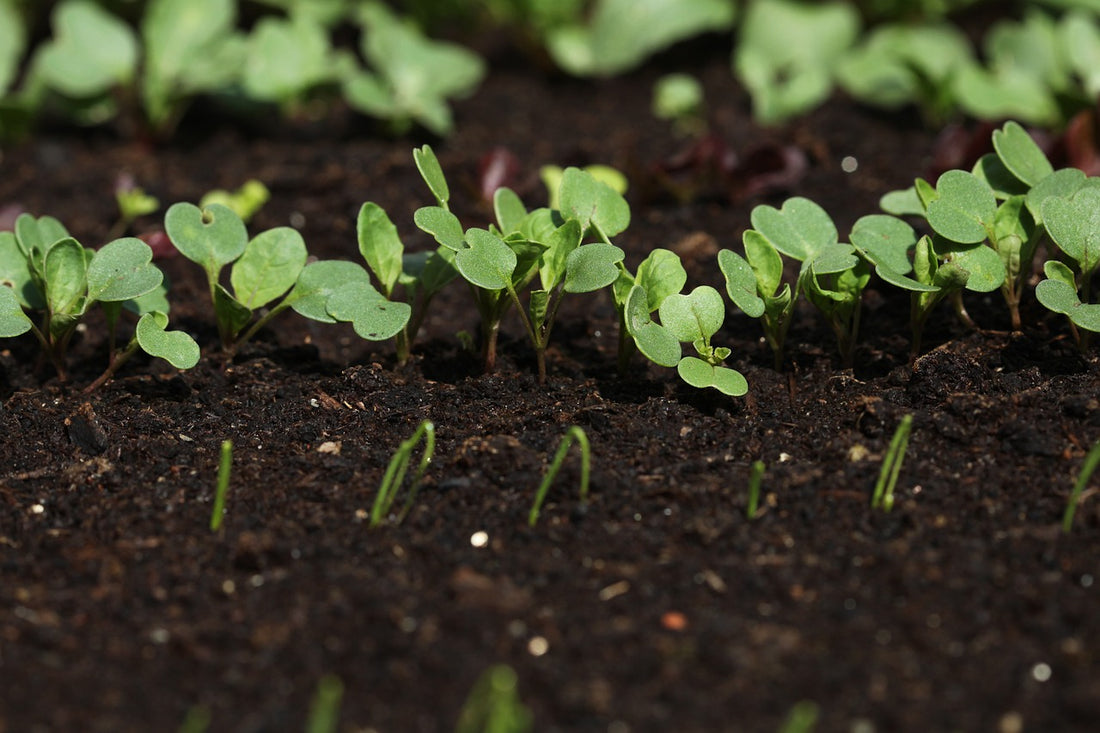
Hate to Thin Your Seedlings? Do This Instead.
Thinning seedlings can be very traumatic. Many people end up leaving too many seedlings in because they don’t want to kill any of the little sprouts they just coaxed out of the soil. Sadly, this usually leads to a poor harvest because of overcrowding. If you have ever had this issue, try pre-sprouting your seeds.
Pre-Sprouting Seeds
Pre-sprouting seeds is not exactly the same as “starting seeds indoors”. Pre-sprouting is much simpler and doesn’t have to involve any soil. Here is how to do it:
- Figure out how many mature plants will fit in the space you have. Take that number of seeds (plus several extra in case some don't sprout) and put them on a damp paper towel. Space them out enough so that the sprouted seeds won’t get all tangled up together. Place another damp paper towel on top and then slide this damp seed sandwich into a plastic bag. Do not seal the bag!
- Carefully place the bag either in a warm sunny spot or a warm place like on top of your water heater or refrigerator. Check on them every few days.
- Once the seeds have sprouted, use tweezers or your fingers to carefully plant each one in a shallow hole at the recommended “post-thinning” spacing in your garden. For example, kohlrabi seedlings are supposed to be thinned to every 6-8 inches. With pre-sprouted seeds, you place the sprouts 6-8 inches apart.
- Sprinkle soil over the seedling, press it down gently and water lightly. If you have any worm castings handy, sprinkle them in the hole before you add the seedling.
Pre-sprouting has other advantages other than avoiding sprouticide;
- It lets you know if your seeds are still viable in case you save seeds for several years
- You will use fewer seeds so you can save them for succession planting or next year
If the weather is not cooperating you can put the little seedlings into pots of soil and transplant them later, making the process more like “starting seeds indoors”.
IMPORTANT: Do not immediately fertilize your seedlings (except the worm castings if using). Fertilizers, even organic ones, can "burn" them at this stage. You should fertilize your soil a couple of weeks prior to planting, or after your plants are more established.
Looking for customized fertilizers tailored to YOUR garden and plants? Check out the new Tertill Garden Program. Its designed for gardens from 30-120 sq. ft. and includes unlimited support for your gardening questions.
Garden Happy!
